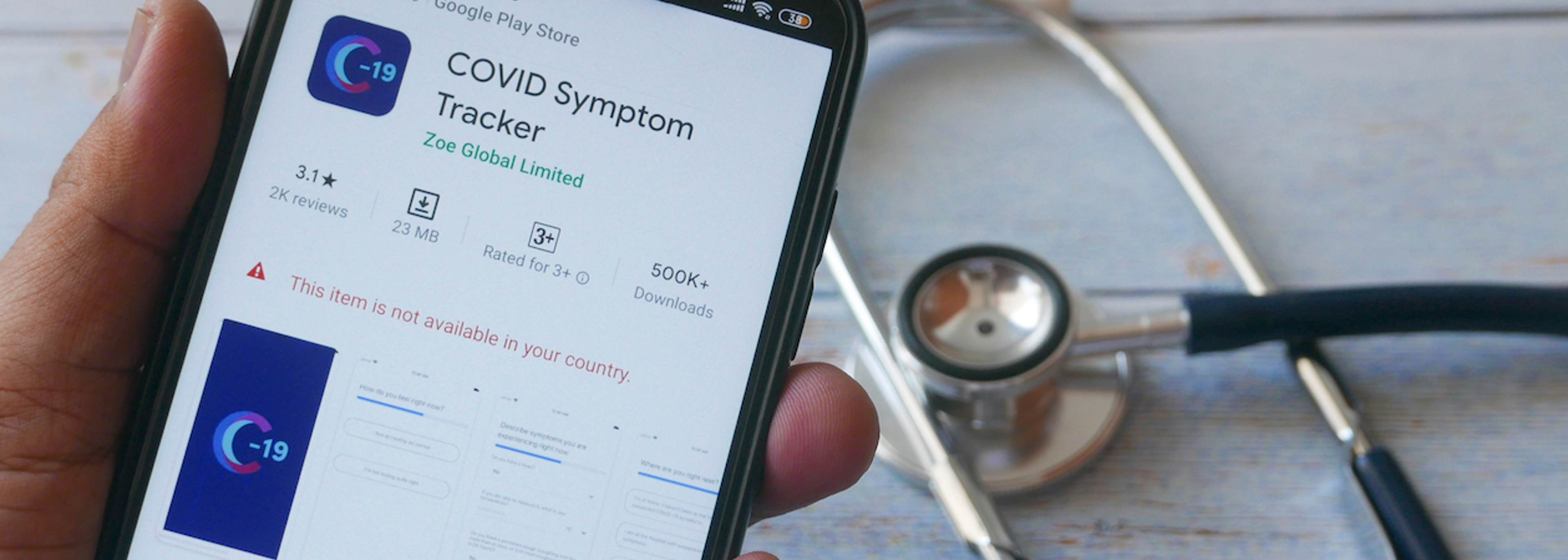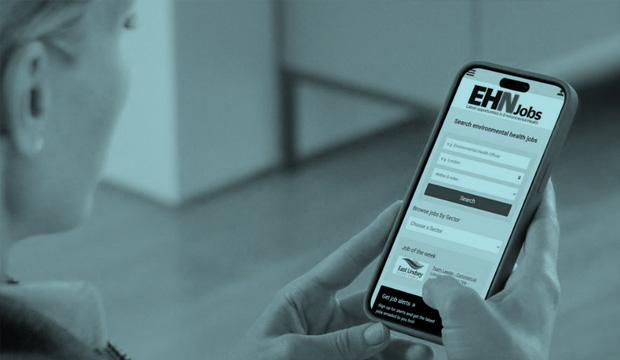Looking for a new role in environmental health?
Whether you're just starting out or ready for your next step, EHN Jobs connects you with the latest opportunities in environmental health across the UK.

Researcher says what started as ‘community science project’ is now a key data source.
Tuesday, 21 April 2020, Katie Coyne
The COVID Symptom Tracker app was launched at the end of March and within 24 hours had almost a million people registered. It now has 2.3 million users.
It was originally launched to study the effect of the virus on those within the Kings College national twin survey – which has been running for almost 30 years and is led by Professor Tim Spector. However, the app was quickly rolled out to the wider population.
Now a 'proxy app' is being added so that people can register symptoms for someone else. Care homes could use it to log their residents’ symptoms, and parents can log their children.
Claire Steves, who is part of the TwinsUK project team, said the app is “turning the light on” because “if we don't have testing, we are all in the dark”.
She said: “An app like ours, which is really a radar across the nation of what symptoms are going on, using our modeling can predict rates of COVID-19. That might be really important as a checker on how things are going, especially if we ease the lockdown.”
The app has been designed to be easy to use and capture key symptoms, and the data is anonymised to be used by researchers. Users daily log their temperature, tiredness and other symptoms such as headaches, coughing or breathing problems. A small proportion of those on the app have been tested for COVID-19 – currently just over 20,000 – which allows researchers to know which symptoms are virus-related.
On launching the proxy, Steves added: “We know that we're really good at representing the population under 70. We do have some loggers that are over 90, but they're much smaller numbers – less than [in] the actual population.
“So we know that we under-represent the older age groups because they don’t have smartphones – and so that's a bit of a problem, really.”
The team decided to develop a proxy app rather than a web-based application due to safety concerns and for ease of use. Users record their symptoms every day so using a simple phone app means more people are likely to do this, compared with logging in online. Web-based sites are also easily hackable.
The COVID Symptom Tracker app is separate from the NHSX tracing app still in development.
NHS Wales has publicly backed the COVID Symptom Tracker app and urged people to sign up, and NHS Scotland has also being encouraging. Yet NHS England has not got behind it in the same way, which Steves speculated could be due to their digital arm NHSX developing their own app.
However, the team is talking to NHS England “all the time” and feeding information to central government. The app has had tremendous uptake and has gathered a rich seam of data. So far the tracker was able to see the hotspots in London and Birmingham at an early stage.
After the app was launched on 24 March researchers could see the rates of infection rising for the first four days, then plateau and come down.
Steves said the data indicates that symptomatic infection rates within the general population are much lower, though this is not yet reflected in changes with regards hospital admissions and people in ICU. “Of course our symptom tracker is probably catching what's happening a bit earlier,” said Steves, “because it's about early symptoms, like loss of sense of smell and so on.”
Steves applauds all those who are taking part, and suggests the huge numbers that have joined in, in such a short space of time, is in part due to the understanding that we need to increase our knowledge on the coronavirus to stop the pandemic. She said: “We're not having testing. We need to know what's going on, so everybody joins in, and so this is a kind of citizen science project that has come from the grass roots.
Steves added: “So then you're saying, ‘well, how is that grassroots actually kind of interdigitating with this sort of hierarchy and the powers that be, which have their own understanding or their own mind about what needs to be done?’
“Well, you know, we'd be very glad if we were taken on and endorsed and became part of a big public health thing because this is a massive problem.
“We want to do everything we can, but if they don’t want to endorse this, then that's absolutely fine. We don’t need to fully lock in with them. We can still be adding our bit by sharing information that these citizen scientists, as it were, are showing, which can feed through into strategies and ideas and development.”
She added: “We're not in any sense wanting to criticise government. But I guess, you are already reflecting that there's been no contact tracing.
“The approach has not been perhaps the same as it has been in some other countries, which have seemed to have gotten control of this much earlier. But there may be many factors that underpin that, including the strain of the virus and the structure of our society.”

Looking for a new role in environmental health?
Whether you're just starting out or ready for your next step, EHN Jobs connects you with the latest opportunities in environmental health across the UK.